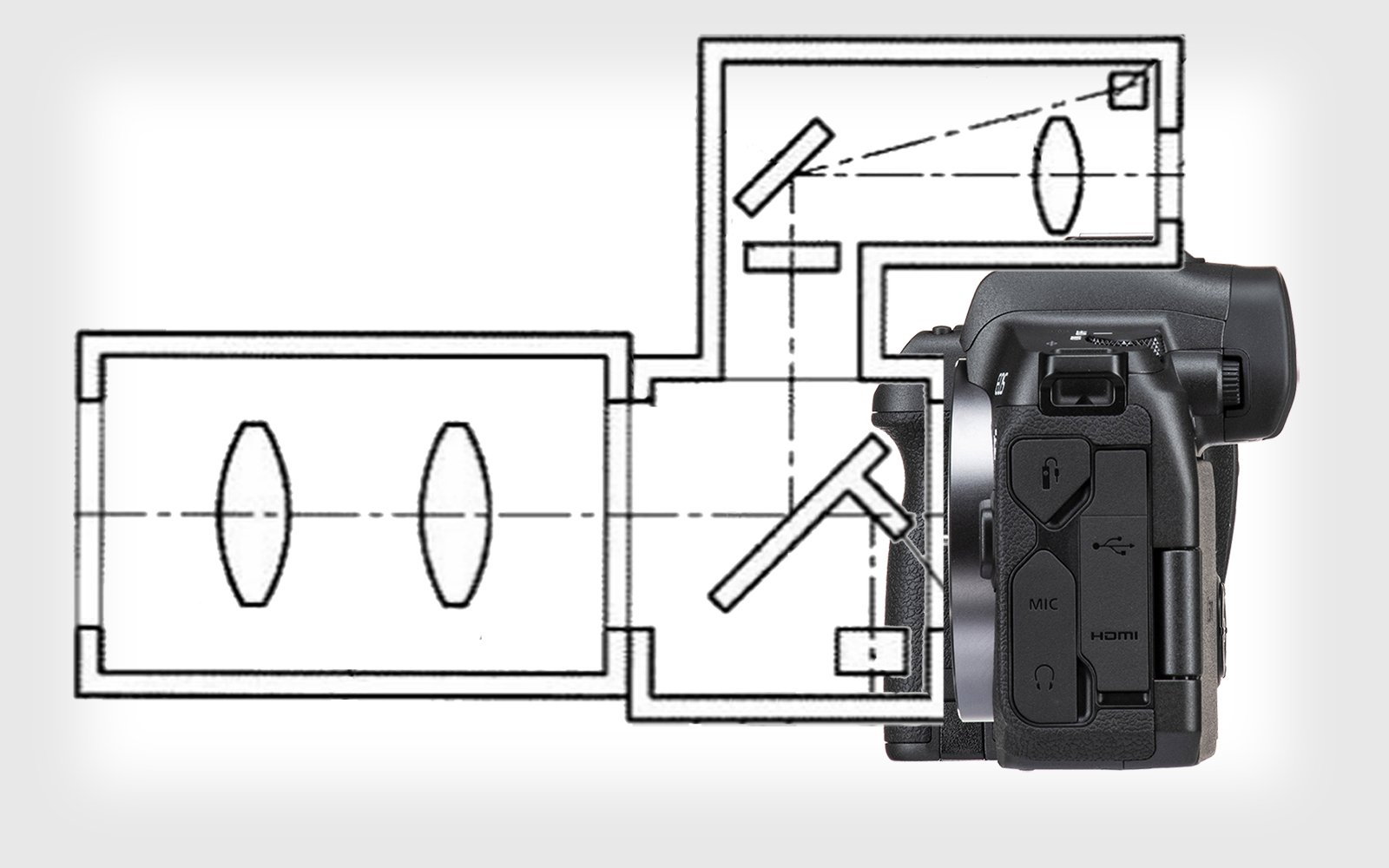I've shared and compared various past time and professional forum behavior with friends who frequent other sites and it is clear that among boats, cycling, fishing, photo, automobile, running, music, musical instrument, gun, political and religious that the most mean spirited and close minded are the gun and politic forums (that should go without saying) but in a close 2nd place is cars. Canon vs Nikon is nothing compared to Ford trucks vs Chevy trucks.
From my personal history, the road cycling and drum forums I have been on are far more uplifting, positive, helpful and understanding than most camera sites. Still, CR is in itself the most friendly of all the camera forums and I have dabbled in others always to leave and never come back. Ignorance (usually chest thumping over products they never used or owned) and downright derisive opinions of anyone with film history or true experience and knowledge of the industry just burns me up.
Some folks love to burst into a hobby, spend a ton of cash and instantly prop themselves up in their own minds as if the credit card bill gives them cred. The internet fuels this persona. Seriously...your bad images, failures in the field, silly mistakes and poor gear choices make you a better photographer, we all go through it, some of us every single time. Believing that the gear can propel you from 1st time noob to pro shooter is a pathetic lie many tell themselves and is glaringly obvious. I am very glad that is much more of a thing over at DPR and not so much here. There are quite a few amazing and learned participants on this site and I am glad to have their experience to grow from. (Just don't talk about sensor science all day long for 16 pages, ugh just shoot me)

petapixel.com
